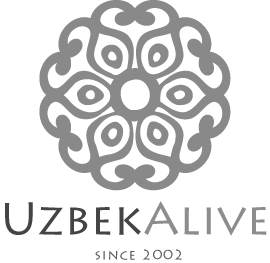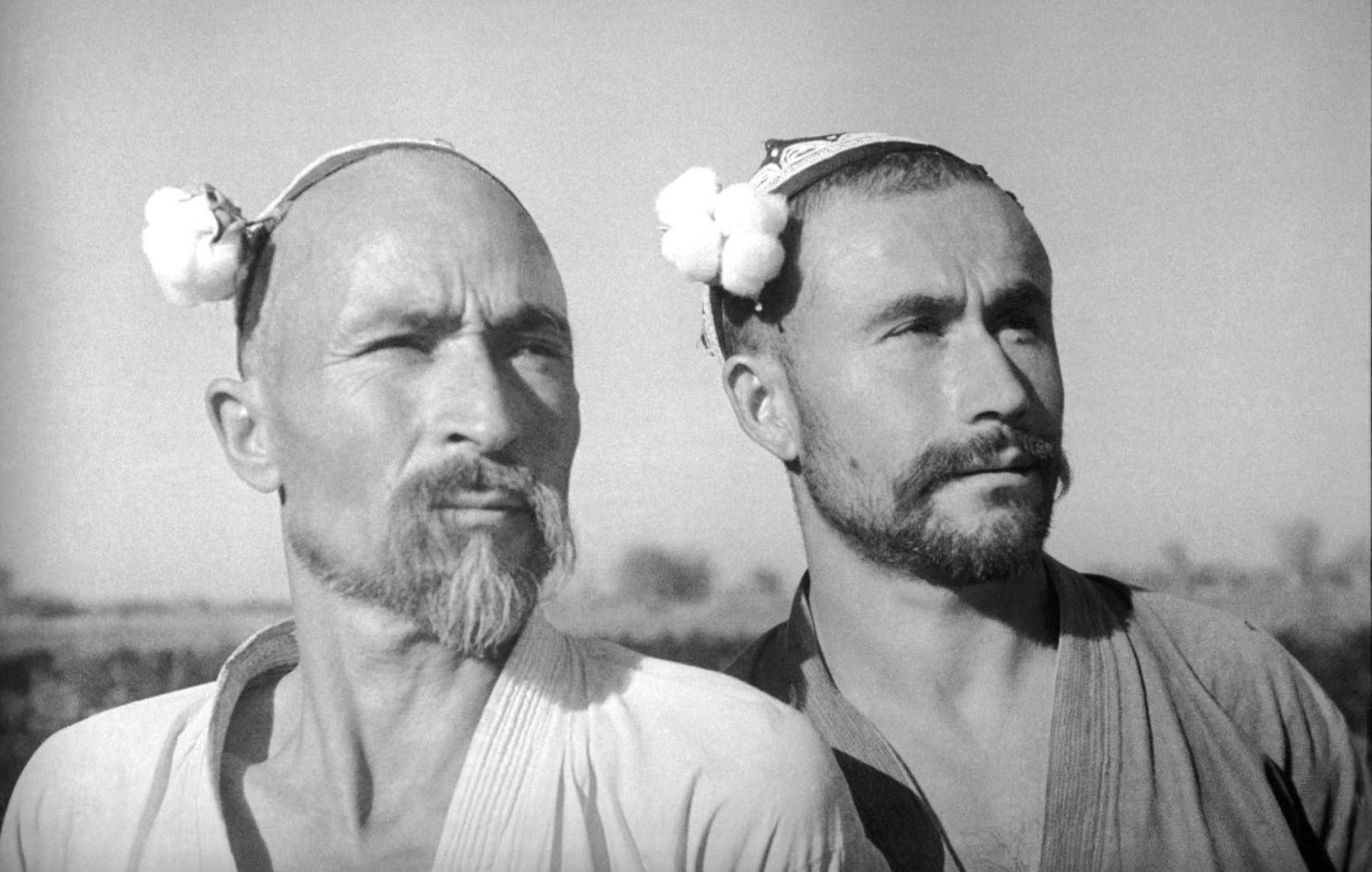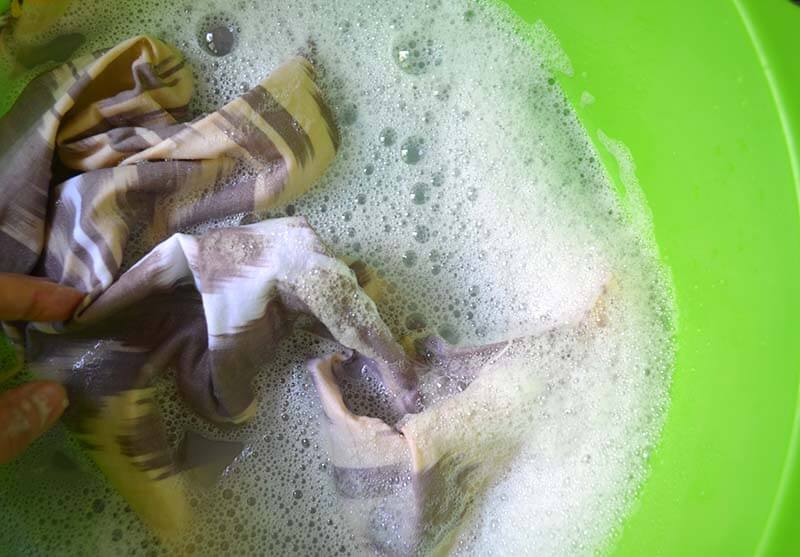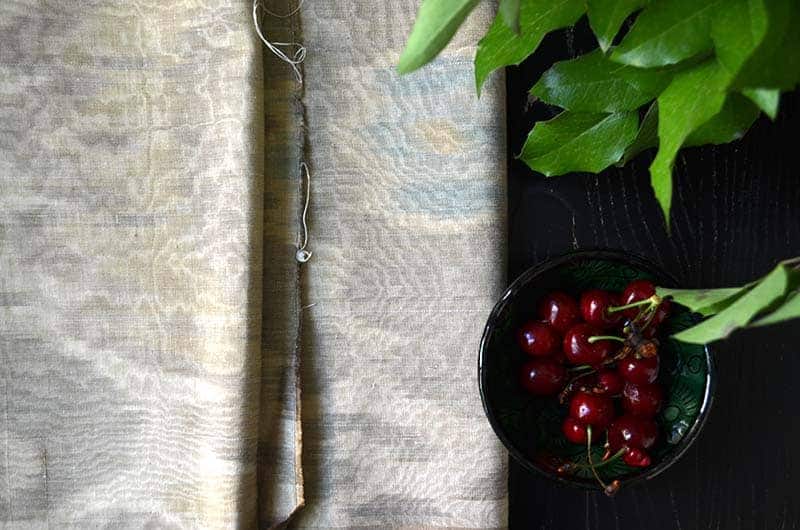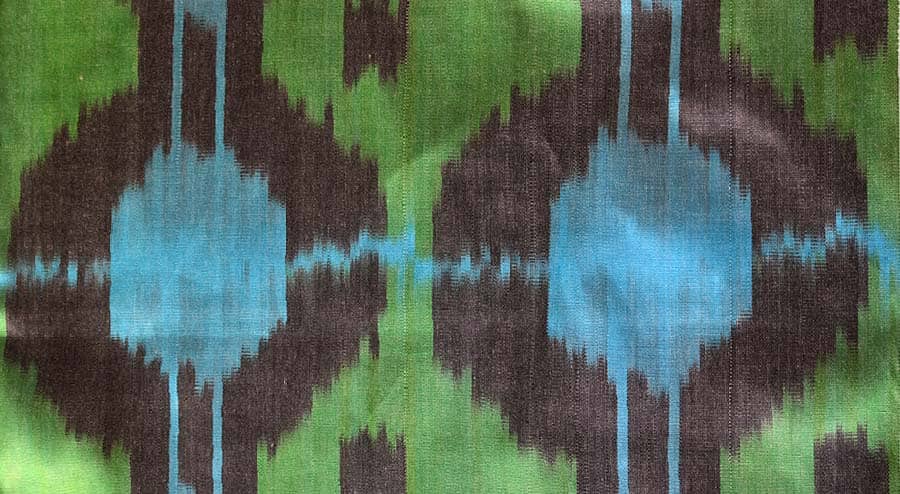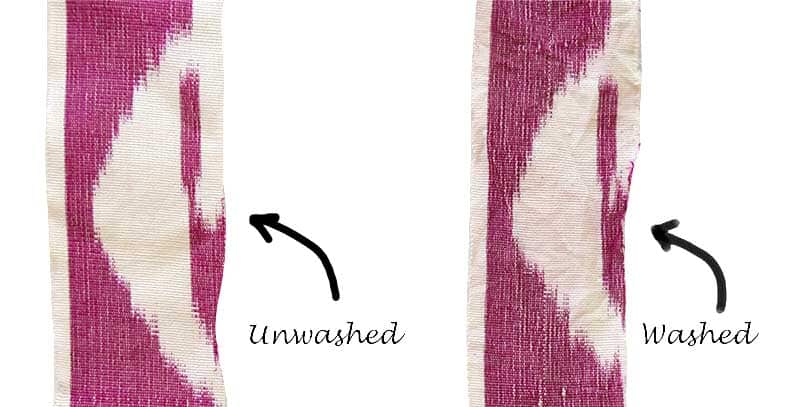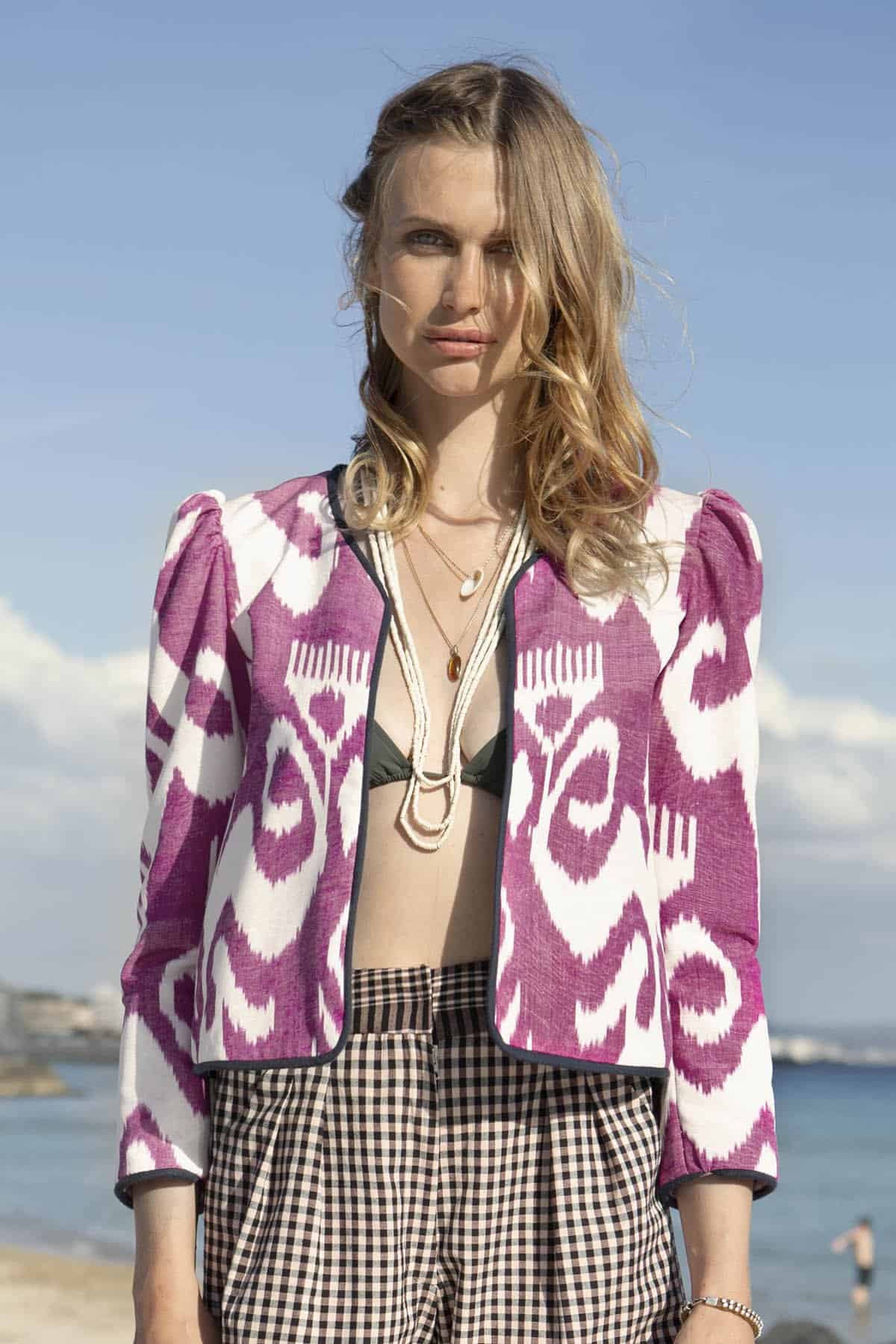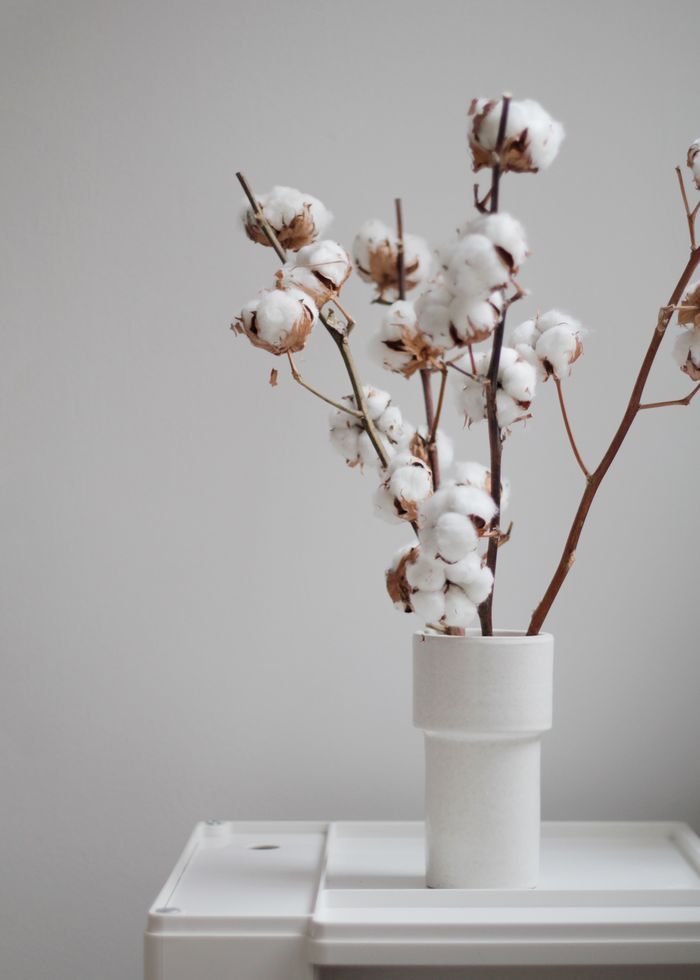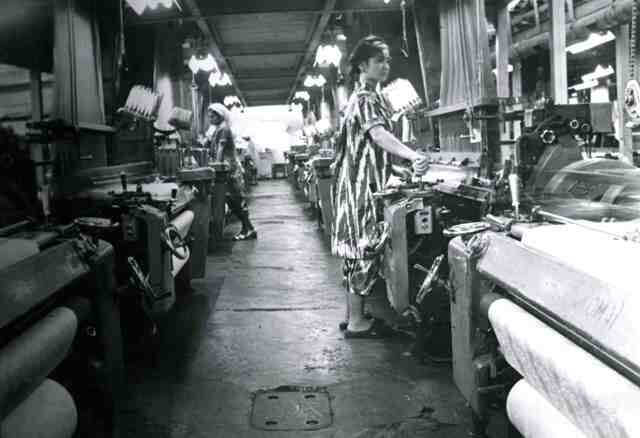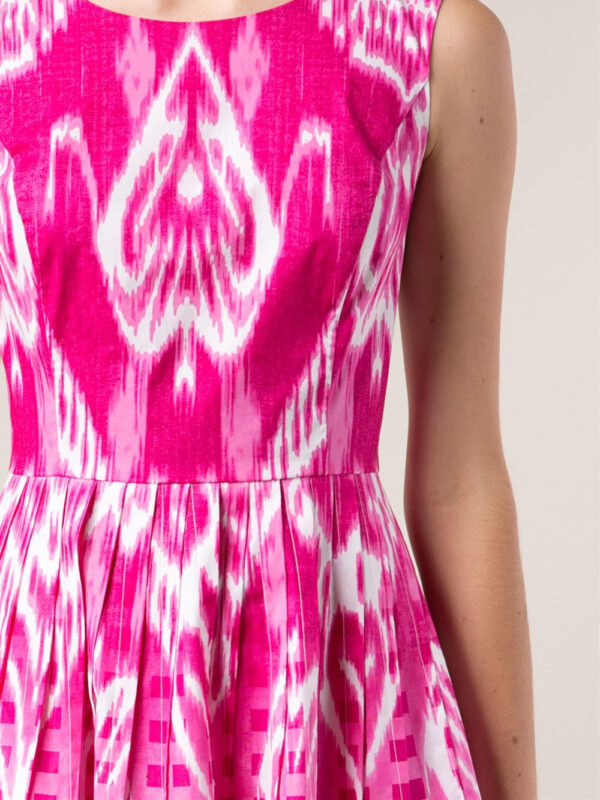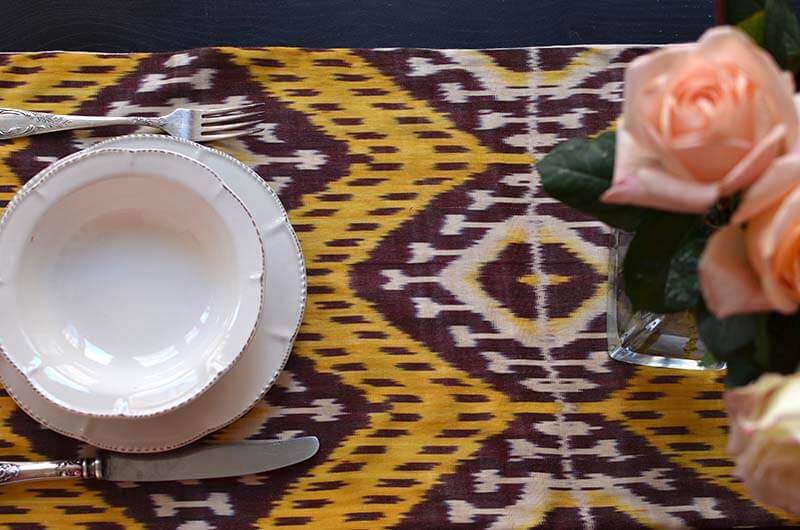Ikat fabrics and “white gold” of Uzbekistan
Our ikat fabrics, renowned for their vibrant patterns and texture, are usually comprised of approximately 50% cotton and 50% silk, blending traditional craftsmanship with local agriculture. This article delves into the history of cotton production in Turkestan, presently known as Uzbekistan, where cotton cultivation has been a cornerstone of the region's economy and culture for centuries.
Brief Historical Note on Uzbekistan's "White Gold"
Cotton, often referred to as "white gold," has long been a strategically significant crop. Its cultivation began in 19th-century Turkestan. Interestingly, the region’s evolution into a major cotton producer is a direct effect of the abolition of slavery in the United States. With the disruption of American cotton supplies, which were crucial to the Russian economy and military, Tsarist Russia turned its attention to Turkestan.
Among all its colonized territories, Turkestan had the ideal climate for cotton cultivation. Initially, local farmers grew cotton for export which was very minimal and the population's use.
Originally cultivated to meet the demands of the Russian Empire’s population and military, cotton, over the years, has since become a vital part of the economy. It plays a key role in providing affordable clothing and supporting military efforts. Over time, the narrative of cotton has become one of pride, enrichment, power, and military strength, but it has also brought serious ecological issues to the region.
Ikat fabric washing experiment
Default care rule with any handwoven Uzbek ikat fabrics is dry clean. However, there are fabrics which are reasonably safe to wash. We decided to run an ikat fabric washing experiment with a new fabric we received- a pretty thick cotton silk blend ikat fabric. The idea is to use the fabric for table runners. Before we started making the runners we wanted to run a test to see how truly washable the fabric is.
A note of caution!
Please be aware that we know that this is an ikat fabric which was hand made very recently. It is not vintage. With any vintage ikat fabrics we recommend only professional dry clean.
Step 1:
We cut about 64 cm of ikat fabric for testing. Why 64 cm? Because with the width of 35 cm and length of 65 cm we can later turn this piece of ikat fabric into a wonderful ikat lumbar pillow cover.
Uzbek ikat textiles – wash or dry clean?
Properly caring for ikat fabrics is the most important thing you can do to extend life of your textile products. In this post we would like to talk about washing ikat fabrics and in which cases you should consider washing versus dry cleaning. Let us start off with a bit of history.
A bit of history …
In the 19th century, a silk yarn was as expensive as gold, ikat making technique was known to a few and the ikat garments were amazingly pleasant to wear. These were the days when the ikat textiles were only available to the richest and were considered to be a true luxury item.
With time, the ikat makers thought of a way of making ikat textiles more, let’s say, democratic. They started combining luxurious silk yarns with a more affordable cotton fibers and created, so called, “adras” fabric. Adras is a beautiful and rich blend of silk and cotton fibers (usually around 50% silk and 50% cotton but percentages may vary). This brought the cost of the ikat fabrics down but by not that much – ikat fabric making still remained to be a highly manual process.
What is ikat design you see in so many fabrics?
Availability of Ikat fabric online created a lot of interest in these unique and noble textiles. The history of Ikat fabrics covers different countries where artisans independently of each other (or not so independently?) created different patterns and used various symbols. We love good stories, especially when it comes to symbols used in fabrics. This blog post is about ikat design, ikat patterns and influences affecting them.
Ikat design is about abstraction. The ikat binding technique and resist dying soften the edges of the ikat pattern making the transition of one color to the next softer, blurrier or cloudier. Hence, the local name for the technique – abr (cloud). The artisan binding the fabrics is known as “abrband” (weaver of clouds).
Ikat design and abstract art
For a land that was at crossroads of so many cultures and changing religious and political influences it was only natural and safe (!) to stick to something that is abstract. A pattern that vaguely looked like a carpet weaving comb could be seen as a lucky amulet if turned upside down.
How to care for ikat fabrics?
How to care for ikat fabrics? This is what this blog post is about. Let me start off with a bit of a history. Ikat, as you may already know since you are on this website, is an Indonesian term
Uzbek ikat fabrics in collections of Alix of Bohemia
We are used to hearing these grand names of haute couturiers who use Uzbek ikat fabrics for their collections like John Galliano and Oscar de la Renta. In light of how much media covers work of big fashion houses smaller fashion brands are almost left unnoticed. Meanwhile they seem to be leaving some serious dents on fashion runways.
The other day I was googling something ikat related. The Google Almighty - sometimes this is how I feel we should start referring to Google since so much depends on it - led me to a website of a fashion designer whose name I never heard before – Alix of Bohemia.
Who Is Alex of Bohemia?
Alix of Bohemia is a fashion brand by Alix Verley-Pietrafesa, an Italian textile, French arts genes mixed with education in the University of Scotland, further infused by travels round the world, currently creating from New York City. The bohemian part comes from her passion for vintage things and ethnic textiles. Alix uses it all – embroidery, ikats, kantha quilting, block print fabrics. Of course, it is the Uzbek ikat fabrics part which we find the most interesting.
Sustainable fabrics and our ikat fabrics
I wanted to share this very interesting article from "The Good Trade" blog about sustainable fabrics. Here is a link to the whole article: "Sustainable Fabrics 101: Everything You Need To Know Before You Shop". The article talks about fabrics in relation to fashion, specifically fast fashion since that's where the most environmental damage comes from. However, all points covered are applicable to interior design and interior decoration.
Why are modern day Uzbek ikat fabrics narrow?
Today's topic is the narrow width of Uzbek ikats fabrics. Many of you ask us why Uzbek ikat fabrics are so narrow. With this post I will try to explain why.
Ikat fabrics and arrival of communism
Ikat weaving has been practiced in Central Asia for centuries by artisans. The arrival of bolsheviks with an idea of communism about 100 years ago put an end to individual craftsmanship and made all manufacturing, including ikat making a government domain. Only state owned textile companies made ikats. Attempts to make ikats at home as a side business was a crime for which artisans could go to a jail. This sounds wild but the Soviet idea was to have everyone economically equal. When someone works secretly at home, in addition to working for a state textile factory, he/she gets richer than others. That was unacceptable to the Soviet regime. The fact that ikat weaving has survived is partly due to these "crimes" committed by artisans by working in secret.
Hot pink ikat fabric and grande Oscar de La Renta
We have something in common with great Oscar de la Renta. It’s not only love for Uzbek ikat fabrics. It is specifically love for hot pink and white ikat fabric.
Take a look at this summer dress from Oscar de la Renta’s Resort 2015 collection. This is a dress made of a Ikat pattern fabric combined with a gingham pattern. I don’t know if the fabric is a handmade ikat fabric. From the description of the dress at www.matchesfashion.com this dress is Ikat and gingham print versus being a real ikat fabric. You can read more about a difference between ikat fabrics and ikat print fabrics following this link.
Ikat table runner perfect for Thanksgiving dinners
This ikat table runner is something we have been planning to make for a long time. We finally got around to making it. The idea was to make something that will go well with a pumpkin pie, cinnamon and nutmeg theme. In other words, in choosing this ikat fabric for a table runner Thanksgiving was already on our mind.
We like to keep things natural
The same is true for this Ikat table runner. We paired handwoven Uzbek Ikat fabric with an unbleached very natural cotton fabric. The goal was to have both fabrics organic, soft and pleasant to touch.
